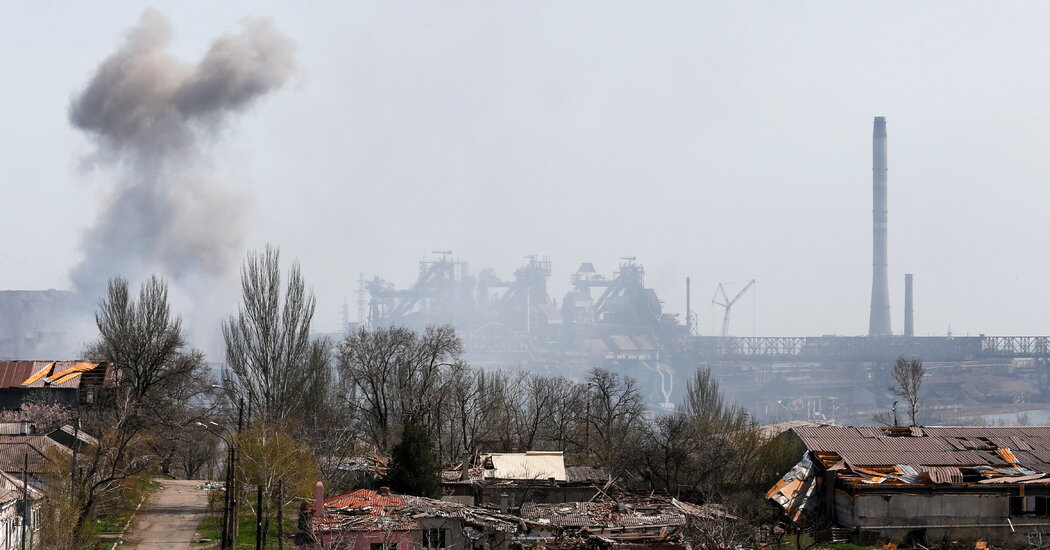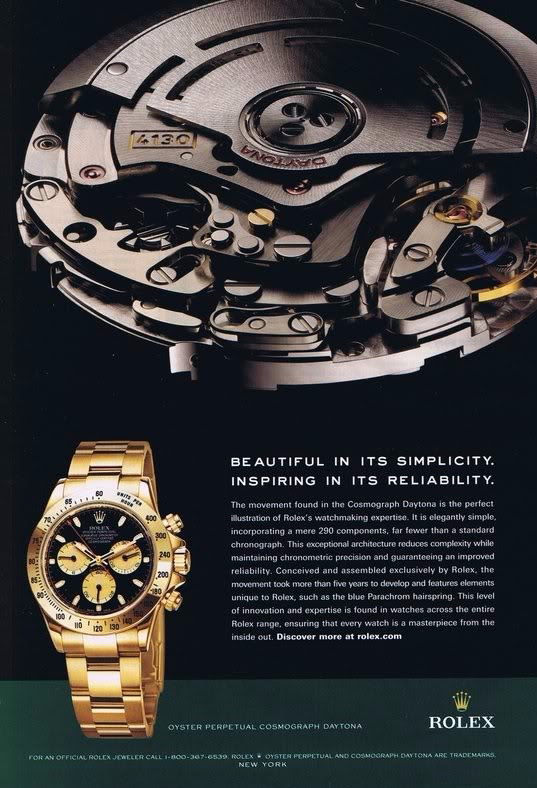
The plant stretches across four square miles, a complex of buildings, smokestacks, blast furnaces and stacks of coiled and plate steel, and it has its own port facilities on the Sea of Azov.
One of the largest metal mills in Europe, it produced about 4.3 million tons of steel annually before the Russian invasion, with most of it sent by ship to European customers, according to Metinvest, a steel and mining conglomerate owned by Ukraine’s richest man, the billionaire Rinat Akhmetov.
The network of underground passages and rooms, which is now pivotal to the survival of the holed-up soldiers and civilians, was originally built to transport equipment between buildings and to access the undersides of ground-level machinery for maintenance, according to Metinvest. There was no planned military use for the tunnels before the war, the company said.
The steel mill has been under heavy bombardment, a Ukrainian commander, Lt. Col. Denys Prokopenko, said Monday in a video recorded at the factory. “They use free fall bombs, rockets, bunker-buster bombs, all varieties of artillery, both ground and naval for indiscriminate attacks,” he said.
Another Ukrainian officer in Mariupol, Major Sergiy Volyna, wrote on Telegram, “We are ready to fight to the last drop of blood.’’ Major Volnya appealed to the United States and its European allies to provide Ukrainian forces with more heavy weapons. “We must know that the world has done everything possible for this.”
The Russians are trying to establish uncontested control of a swath of territory linking the separatist-held regions of Donbas, in southeastern Ukraine, to the Crimean Peninsula, which Russia seized in 2014. The holdouts in Mariupol are the last substantial obstacle left in the region.
Russian forces have had the city, a major port, under siege since last month, bombarding much of it to rubble and slowly tightening their grip.




